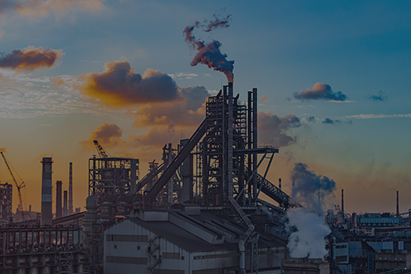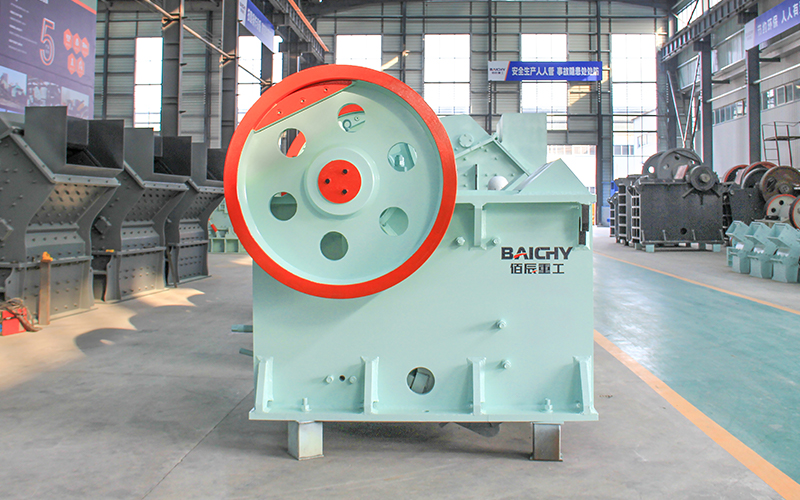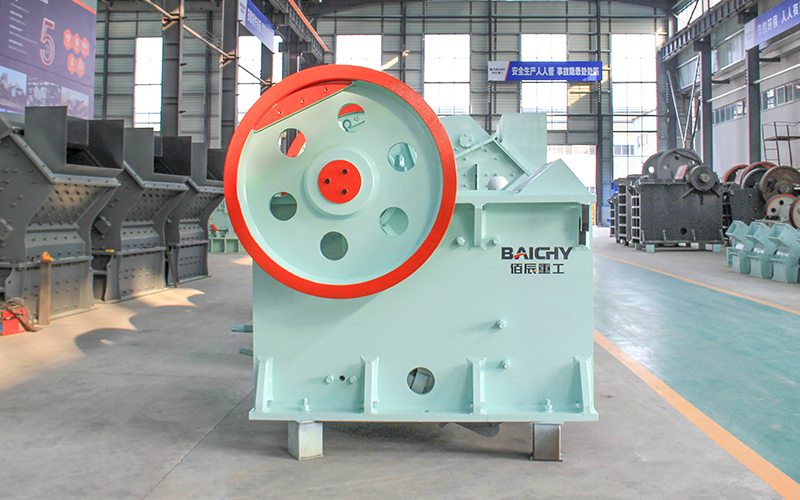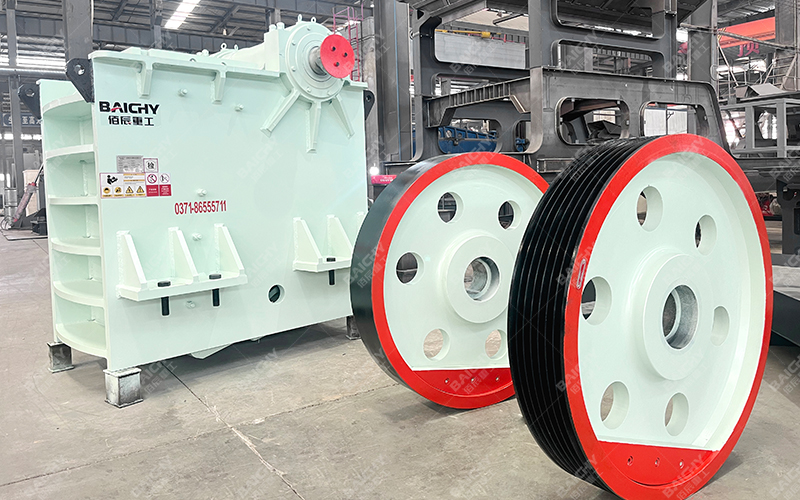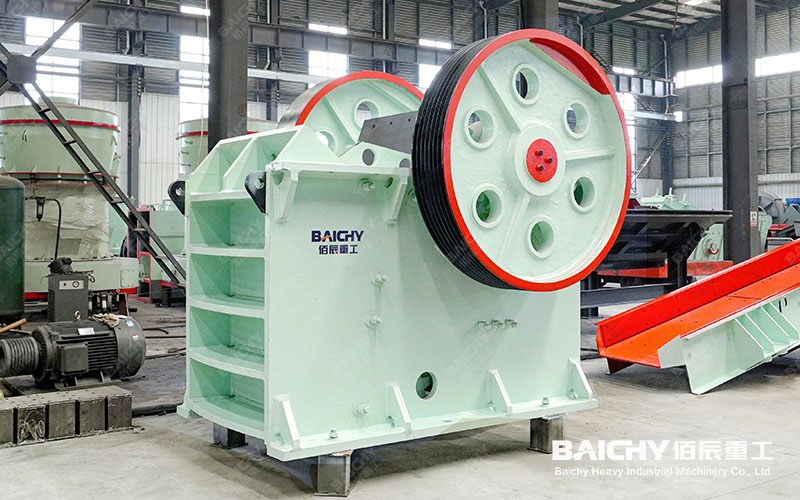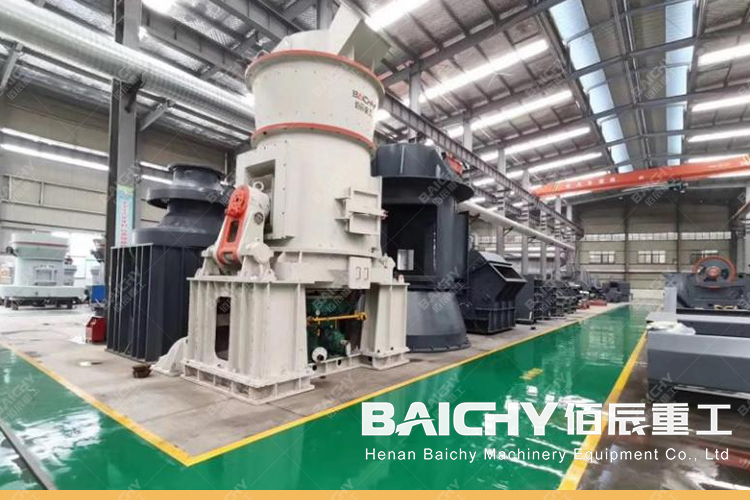
Vertical roller mill (VRM) is an advanced grinding equipment that is widely used in the grinding process of cement raw meal, cement clinker, slag, and cinder. It integrates the functions of crushing, drying, grinding, grading conveying, etc. It has the characteristics of a simple structure and low manufacturing and use costs.
The vertical roller mill is mainly composed of a machine body, a grinding disc device, and a transmission device. A centering structure is provided between the machine body and the grinding plate device to determine the center of rotation. The bottom of the grinding plate device is fixed with a rotary guide rail so that it can be rotatably supported on the machine body. The transmission device is connected to the grinding disc device and does not bear the weight of the grinding disc and high axial loads such as grinding pressure. Therefore, a universal reducer can be used to make the equipment compact and reliable.
The working principle of the vertical roller mill is that the motor drives the reducer to drive the grinding disc to rotate. The material falls from the feed port to the center of the grinding disc through the air-locked feeder. At the same time, the hot air enters the mill from the air inlet. Under the rotation of the grinding roller and the compression of the pressing arm, the material is ground on the grinding belt by the grinding roller and finally discharged through the screen to achieve the required fineness.
The advantages of vertical roller mills are numerous. First of all, its grinding efficiency is high and its power consumption is 20%-35% lower than that of traditional ball mills. Secondly, it can perform drying operations and can dry materials with a moisture content of 12%-20%, thereby saving investment in the raw material drying system. In addition, the particle size of the materials fed into the vertical roller mill is large, and the maximum particle size can reach about 4%-5% of the diameter of the grinding roller, generally 40-100mm, which makes it possible to omit the third-stage crushing in some cases. In addition, the vertical roller mill has uniform particle gradation, and the material stays in the mill for a short time, avoiding over-grinding. It has a built-in classification system so that qualified products can be separated in time. At the same time, the vertical roller mill has low noise, low wear, high utilization rate, low wear per unit product, and high operating rate.
The vertical roller mill can not only be used for cement raw meal powdering and slag powder production but also for calcium carbonate crushing and processing, coal powder preparation station, gypsum powder processing, power plant desulfurization, phosphate rock grinding, and other fields. Its supporting equipment includes a thin oil lubrication station, hydraulic oil station, dry oil station, main motor, electrical control cabinet, etc.
However, vertical roller mills also have some disadvantages. For example, although its energy consumption is relatively low, its energy consumption is still high compared to some other types of mills. In addition, the maintenance and upkeep costs of vertical roller mills can also be relatively high, requiring regular inspection and maintenance to ensure the normal operation of the equipment.
In general, the vertical roller mill is a powerful and efficient grinding equipment, suitable for grinding a variety of materials. When selecting and using, it is necessary to comprehensively consider factors such as specific production needs, material characteristics, and equipment investment costs.



